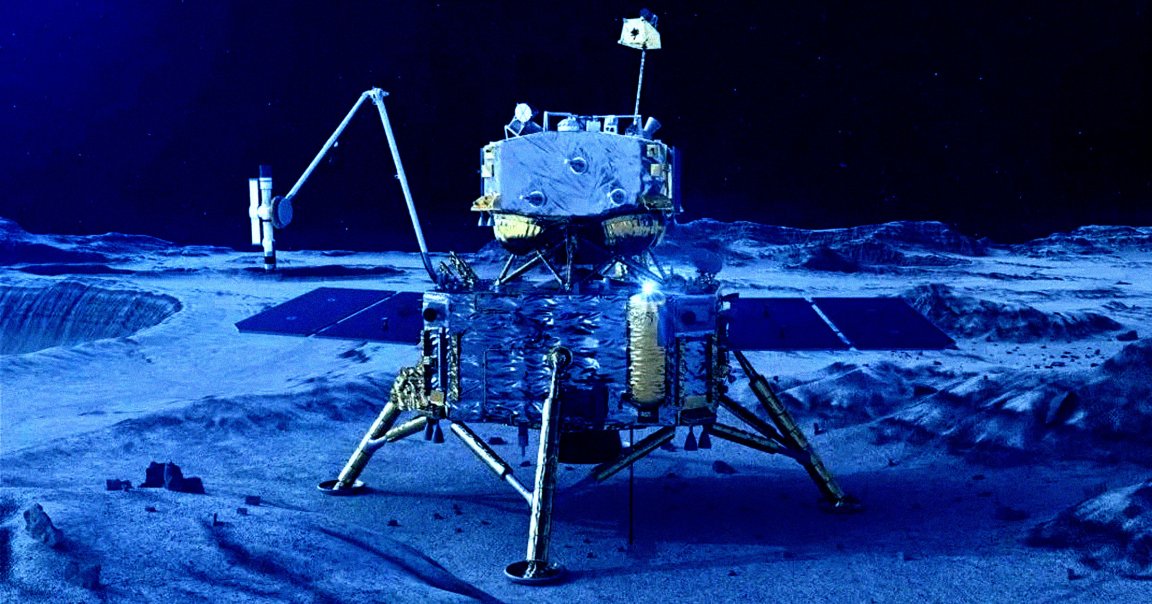
China’s Chang’e-6 mission, the first sample return mission to the far side of the Moon last year, made a fascinating discovery.
While poring over the returned lunar samples, which arrived on Earth in June of last year, scientists found fragments of carbonaceous chondrite (CI chondrite), which once belonged to a water-bearing meteorite that only rarely survives the journey through the Earth’s atmosphere, as ScienceAlert reports.
It’s the first time we’ve ever observed CI chondrite on the Moon, suggesting that volatile-rich asteroids — which are very porous, with hydrated minerals making up to 20 percent of their mass — can make it all the way to the lunar surface.
Thanks to their porous nature, they can easily break up if they smash into another object or a planet’s atmosphere. According to a press release about the discovery by the Chinese Academy of Sciences, less than one percent of meteorites on Earth are CI chondrites. Even an impact with the Moon could vaporize or melt it, making the latest finding particularly tantalizing.
“Given the rarity of CI chondrites in Earth’s meteorite collection, our integrated methodology for identifying exogenous materials in lunar and potentially other returned samples offers a valuable tool for reassessing chondrite proportions in the inner solar system,” the international team of researchers wrote in a new paper published in the journal PNAS.
The samples brought back by the Chang’e-6 mission originated from inside the South Pole-Aitken Basin, where it landed, one of the largest known impact craters in the solar system.
The team used advanced microscopy and spectrometry techniques to identify highly unusual ratios of various isotopes in samples of olivine, a common silicate mineral found in volcanic rock and meteorites.
These ratios were consistent with a Cl chondrite asteroid that collided with the Moon and cooled down after melting into a puddle, effectively preserving it, as ScienceAlert explains.
The researchers say the meteorite may have come from the outer solar system, indicating that material can survive migration to the inner solar system.
The findings also suggest that such asteroids are far more common on the Moon than previously estimated, accounting for as much as 30 percent of the samples collected by Chang’e-6.
According to coauthor and Guangzhou Institute of Geochemistry researcher Lin Mang, the findings could have implications for our understanding of how water made it to the lunar surface and how it’s distributed.
The findings support current theories that carbonaceous asteroids seeded the Earth by bombarding it with water billions of years ago.
More on the Moon: NASA Head Says It’s Time to Cut Back on Astronaut Safety to Beat China to the Moon